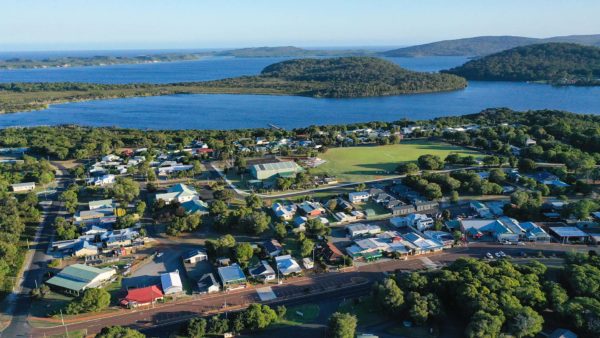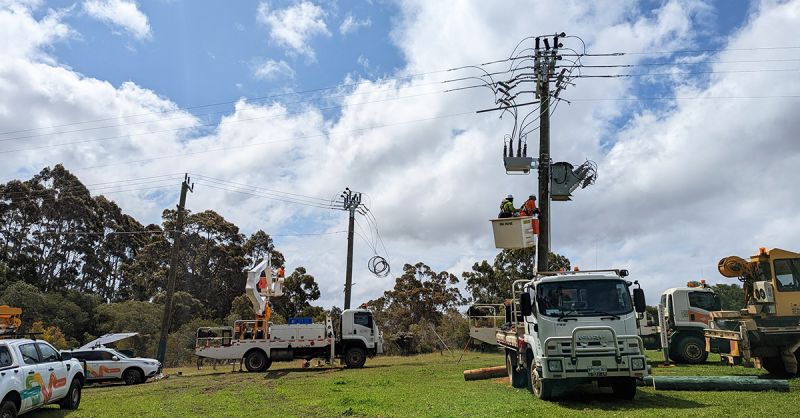The Western Australian (WA) government has announced that construction has officially begun on a solar-powered microgrid that, with pumped hydro as its storage cornerstone, is expected to produce enough renewable energy to power more than 500 homes and businesses in the town of Walpole on the state’s southernmost tip.
A collaborative project between WA-based engineering company Power Research and Development (PRD) and state-owned utility Western Power, the 1.5 MW Walpole pumped hydro project will utilise two purpose-built dams to provide 30 MWh of energy storage. The pumping mechanism at the Walpole facility will be powered by solar panels and batteries “making it self-sufficient,” Western Power said.
The facility will connect into the state’s islanded South West Interconnected System (SWIS) network and the project proponents said it will be used as a template for the development of similar microgrids in other areas of the state, and possibly nationally and internationally.
“The project has given us confidence to commence planning for other pumped hydro renewable microgrids on the edge of grid towns in WA,” PRD Director Colin Stonehouse said.
“Of around 30 well-suited towns we are looking at so far, our aspiration is to have five ready to proceed after Walpole.”
Stonehouse said work on the Walpole project is “proceeding to plan” with Denmark-based company MCC Contractors having commenced the main earthworks for the lower dam. Following the completion of the lower dam, works on the upper dam and pipe installation to connect the two dams will begin.
Western Power said it is finalising works to connect the energy generation facility to homes and businesses in Walpole.

Image: Western Power
The microgrid is expected to provide enough renewable energy to power Walpole for up to two days and Western Power said it is sufficiently sized to support the town’s future power needs, including charging electric vehicles and smoothing the ebbs and flows of local renewables on the network.
State Energy Minister Bill Johnston said the self-sufficient renewable solution will significantly improve power reliability for homes and businesses in Walpole with the project expected to improve power reliability in the area by as much as 80%.
“Walpole is at the end of a 125km-long feeder line that is exposed to disruptive elements such as vegetation and animals, storms, lightning and bushfires,” he said.
“The pumped hydro solution will reduce the number of outages in Walpole using green energy at no additional cost to businesses or the community while generating quality local jobs.
“This project plays an important role in our clean energy future, supports the increasing rise of renewables, and assists in balancing power demand and supply.”
The pumped hydro facility is expected to be operational by the second half of 2023.
This content is protected by copyright and may not be reused. If you want to cooperate with us and would like to reuse some of our content, please contact: editors@pv-magazine.com.









By submitting this form you agree to pv magazine using your data for the purposes of publishing your comment.
Your personal data will only be disclosed or otherwise transmitted to third parties for the purposes of spam filtering or if this is necessary for technical maintenance of the website. Any other transfer to third parties will not take place unless this is justified on the basis of applicable data protection regulations or if pv magazine is legally obliged to do so.
You may revoke this consent at any time with effect for the future, in which case your personal data will be deleted immediately. Otherwise, your data will be deleted if pv magazine has processed your request or the purpose of data storage is fulfilled.
Further information on data privacy can be found in our Data Protection Policy.